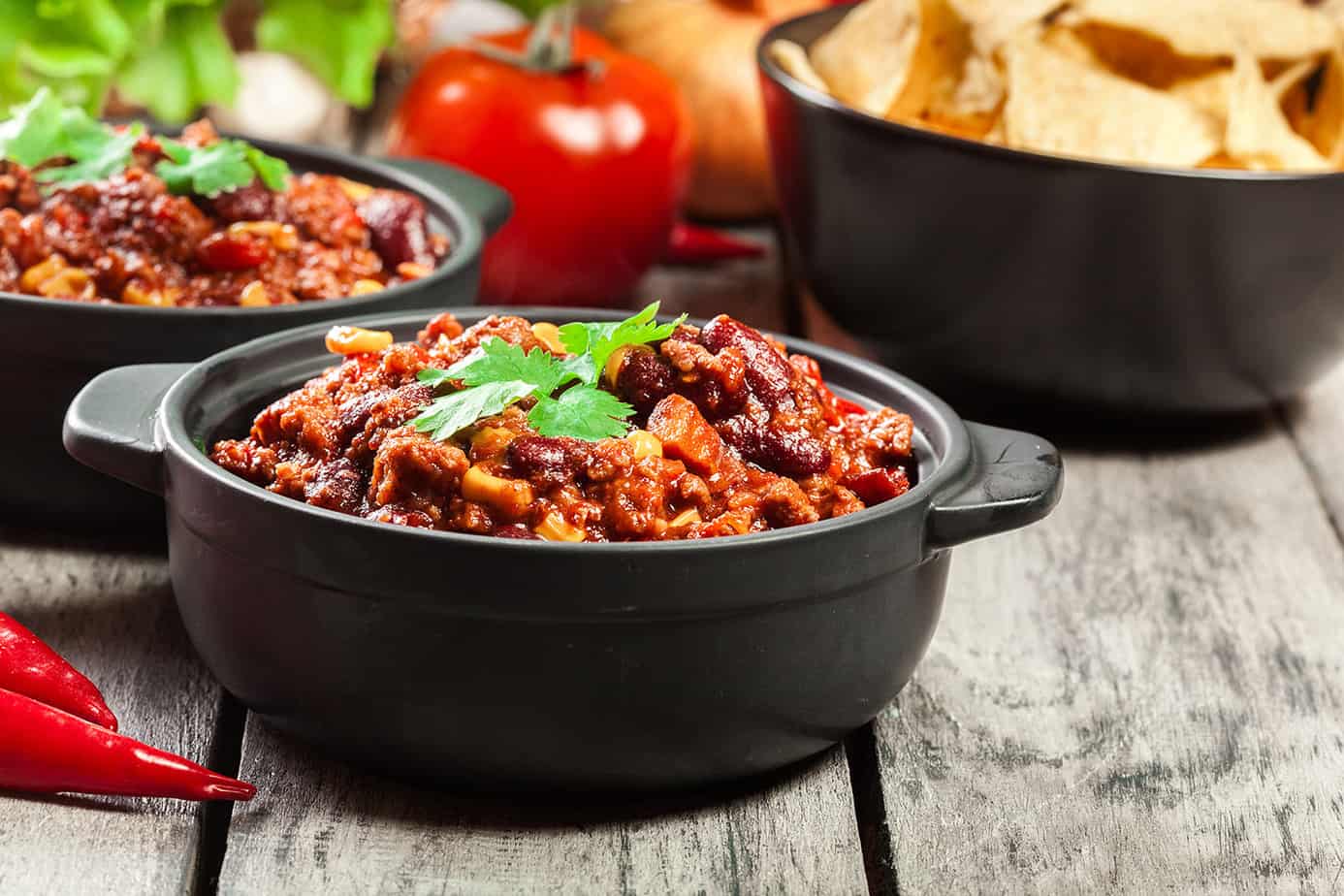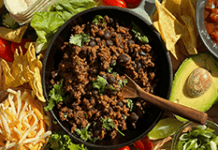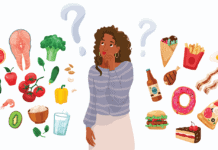WRITTEN BY: KARINE BARLOW, RD
Surprisingly, we still have so much to learn about food and nutrients. Nutrition is a young science, and our understanding still grows year over year. In early days, we explored the fundamentals like vitamins and minerals and their role in human health: that without sufficient amounts of these essential nutrients, diseases such as scurvy without vitamin C, rickets without vitamin D, goiter without iodine, etc., would develop.
As nutrition knowledge evolves, we uncover more about the complex elements of food. The presence of antioxidants and phytochemicals for example; compounds that, while not essential, appear to bestow protection against certain diseases.
One emerging and exciting area of nutrition is that of “food synergy”. Leslie Beck, a Toronto-based Registered Dietitian and regular contributor to the Globe and Mail, recently wrote an excellent piece about this important concept.
In her article, Ms. Beck writes that food synergy is “the idea that the naturally occurring compounds in a whole food work together to create greater health benefits than can be achieved by any of its individual components…” In other words, eating certain whole foods together may be more beneficial than eating them separately.

Food Synergy – The “Meat Factor”
There are many examples of food synergy, and Ms. Beck highlights several of them in her article. One example of food synergy where meat is concerned is iron absorption.
In food, iron exists in two forms: heme and non-heme. Heme iron is found only in meat, fish and poultry. All other iron sources (from beans, tofu, eggs, veggies, grains, etc.) are of the non-heme type.
Heme iron is better absorbed by the body than iron from plant sources; in isolation, non-heme iron is not well absorbed. But that is not the full story. In a classic example of food synergy, combining a heme iron food with a non-heme iron food significantly increase the amount of non-heme iron absorbed. In beef circles, we call this the “meat factor”.
The “meat factor” means that adding some ground beef to your bean chili allows you to absorb more iron from the beans than if you ate a vegetarian version of the dish. Without the influence of meat factor in their diets, vegetarians need almost 2 times more iron in their diets than meat eaters. Since iron is a critical nutrient, particularly at certain key life stages, this effect is not without significance. That is the power of food synergy!
In her article, Leslie Beck reminds us of the very unique power of whole foods. According to her, “you won’t find this orchestrated web of beneficial compounds in highly processed foods, a vitamin pill or a nutrition supplement.” Whole foods win every time.
We continue to learn that the food we eat is greater than the sum of its parts. Food synergy is another great example of this.
Some interesting facts about iron and the “Meat Factor”
- Iron is an essential mineral found in every cell of your body.
- Not all dietary iron is created equal. There are two types of iron in food: heme iron and non-heme iron. Meat, poultry and fish contain heme iron while other sources (beans, tofu, eggs, veggies, grains, etc.) contain non-heme iron. Heme iron is more easily absorbed than non-heme iron.
- The “Meat Factor” helps your body absorb more non-heme iron. For example, when you eat meat and veggies together, you absorb more iron from the vegetables than if you eat the vegetables alone.
- If you don’t eat meat, fish or poultry you need almost twice as much iron as someone who does.
- Iron deficiency in infancy and during pregnancy can cause lifelong developmental delays to the growing child.
- Young children, teenage girls and women of child bearing age are at highest risk of not consuming enough iron.





